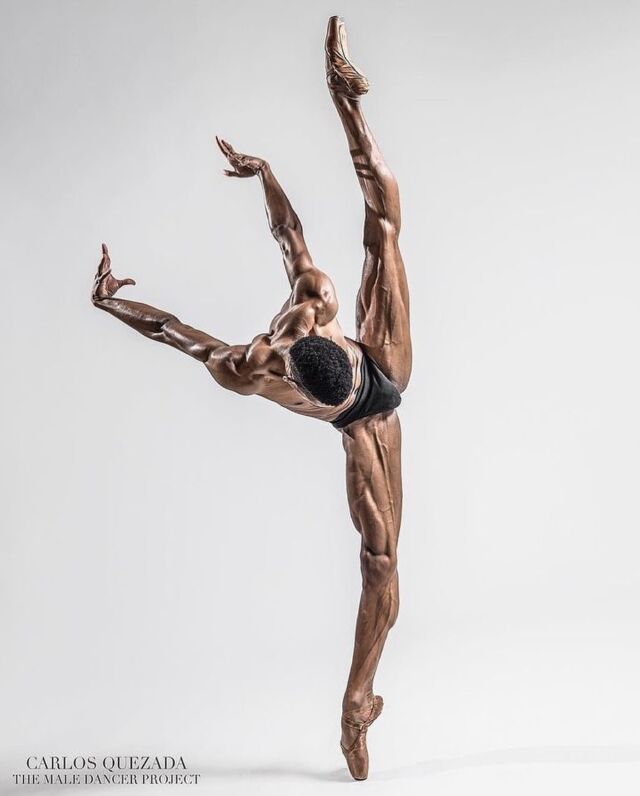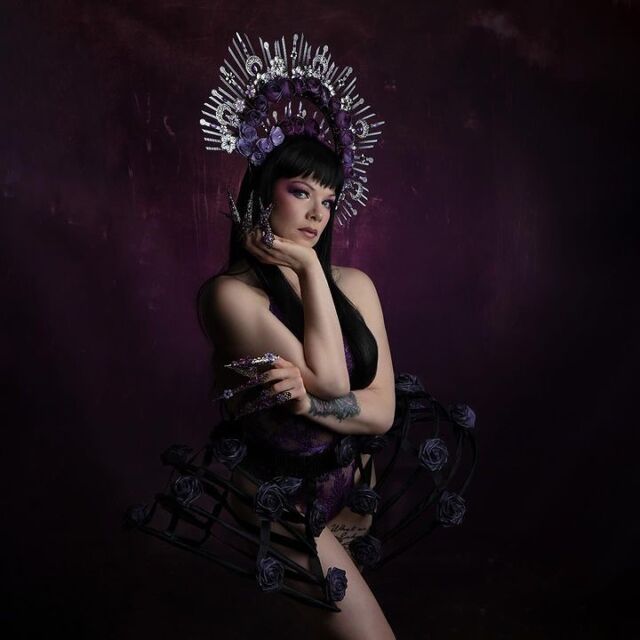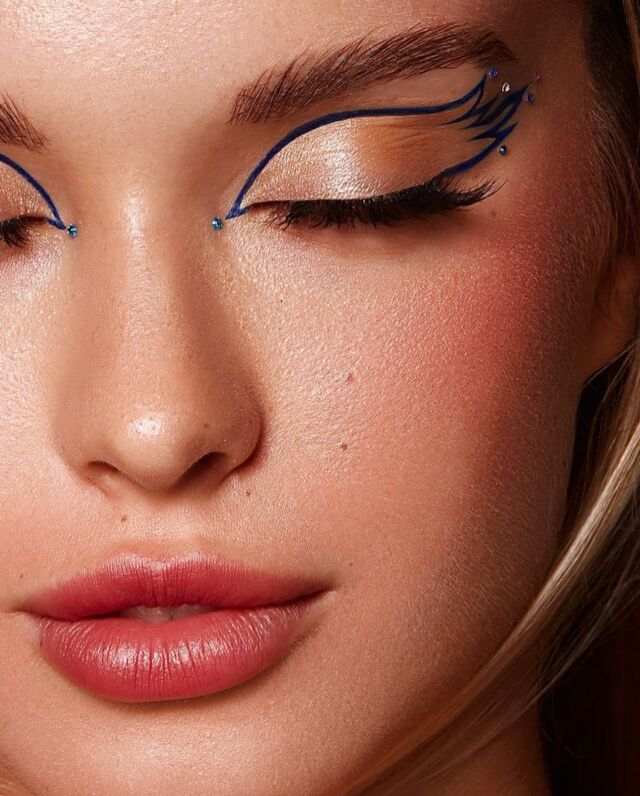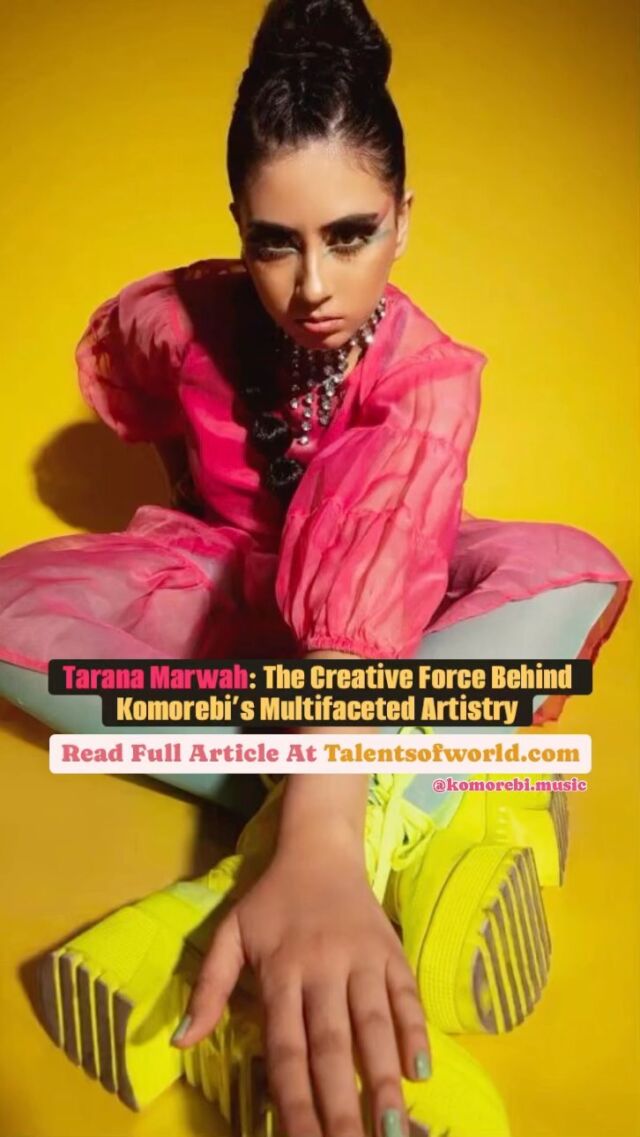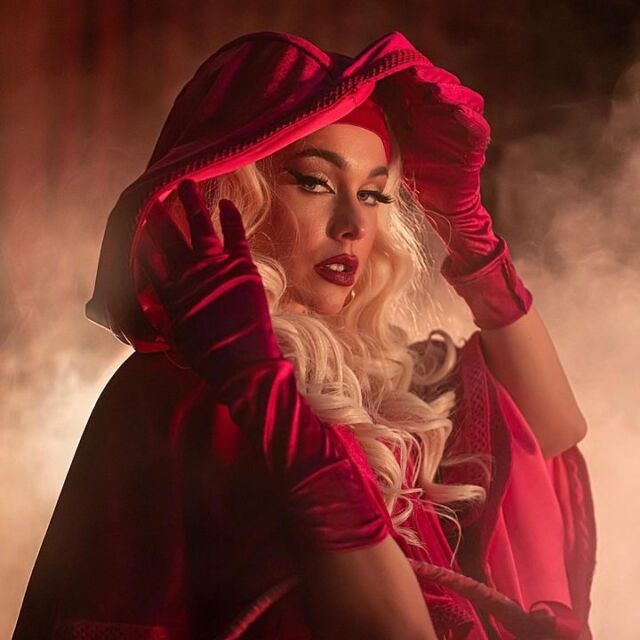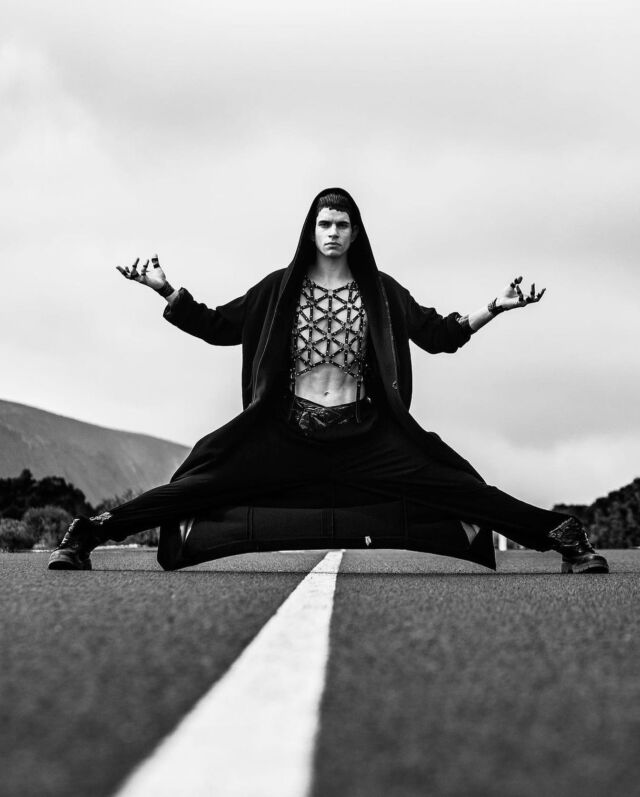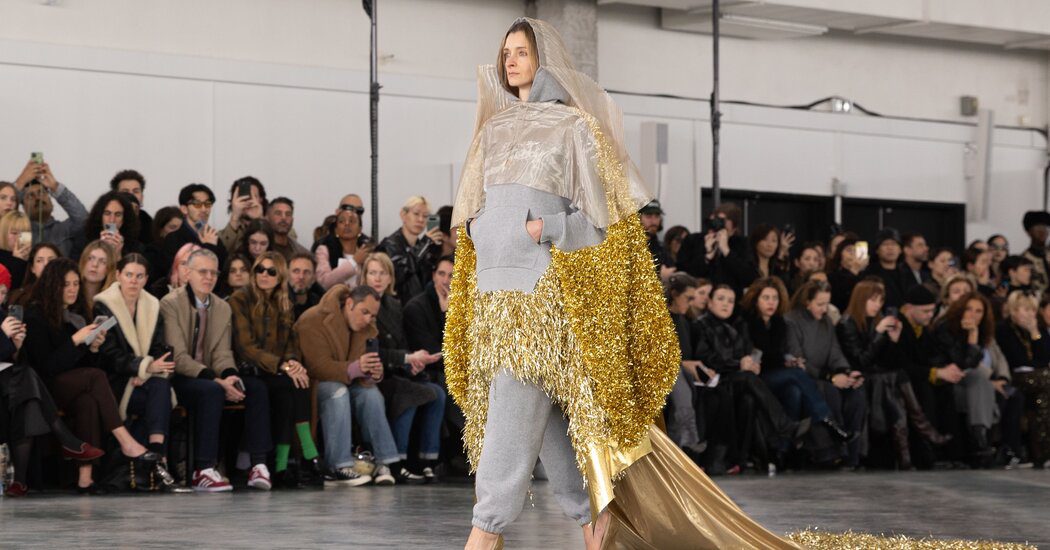“As always, she wakes up just before the alarm goes off.”
“As always, she gets up in the dark and walks into the bathroom.”
“As always, she quickly looks into the mirror. Yes, That’s her. Forty years old, mother of one, single, working.”
So went the voice-over at the Undercover show: a prose poem written and read by the film director Wim Wenders. You could practically see the audience sit up in response: Wait. Is he talking about me? Or maybe not me, but my cousin/neighbor/aunt/friend?
Certainly, a woman I know.
Guess how often that happens during a fashion show? Usually never. Conventional wisdom has it that the promise on the runway should be aspirational — the person I want to be (richer, thinner, taller, more fabulous, more rebellious, more sexy, etc.) rather than the person I am.
The person I am is the kind of woman fashion almost never considers. Not because she might be middle-aged (though fashion is famously fixated on the young) but because she isn’t an archetype — a glamazon or a mistress of the universe or a sci-fi queen. Rather, as became clear as the Wenders narration went on, because she is messy and complicated: a lawyer who loves Dashiell Hammett and lipstick and driving fast; Glenn Gould, “Billy Elliot” and fountain pens; her son most of all. For example.
Designers have a tendency to talk about vague “characters” when they are explaining their collections, but it’s rare to find a character who is actually fleshed-out, in all her glorious quotidian complexity, on a runway.
Yet that is exactly who Jun Takahashi, the founder and designer of Undercover, created, not just by enlisting Mr. Wenders to write a script (Mr. Takahashi had been inspired by Mr. Wenders’ recent film, “Perfect Days,” about a Japanese toilet cleaner who finds joy in the simplest moments) but by capturing the life of that woman in design.
By creating clothes that were as chimeric and faceted as the story line. The most basic white tank top or shirt was rendered anything but by splicing it into the seams of faded jeans, to make them a single garment, with more fabric embedded on the sides, like a sail. Sweaters and jackets were given wings; denim and sweats sprouted ersatz 24-karat fringe; anoraks trailed lace like a wedding veil, or a royal train.
The construction was almost impossible to discern; the separation between precious and the mundane sanded away.
“I wanted,” Mr. Takahashi said through a translator backstage after the show, “to illuminate the importance of daily life.” Those times when nothing special happens, but the sheer effort of getting through the day is worth honoring. Those times are, after all, just as much worth dressing up for as any black-tie event or boardroom meetings.
And Mr. Takahashi was not the only designer making that point: so was Dries Van Noten, who titled his collection The Woman Who Dares to Cut Her Own Fringe.
Recognize her? It was hard not to. Like Mr. Takahashi, Mr. Van Noten was riffing on the materials of the everyday — denim, marled sweatshirts, stretchy nylon, matted knits — but, as is his wont, remixed and recontextualized into the extraordinary. Honoring the worthiness of doing it (whatever “it” is) under your own steam.
Imagine gray sweatpants worn with a white ribbed tank layered under a round-neck short-sleeve black cropped shirt — that descended into a floor-sweeping train at the back and was hung with rhinestones squiggles. Or a camel duster sporting denim sleeves tossed over a pastel checked button-up, which was itself trapped under a sheer peach scrim of a pullover.
The colors were luscious but the implied confidence and sense of self-creation were even better; the respect for the person who wears these clothes and the fact there is a lot going on in her life besides simply the decision of what to wear each day. Though precisely because of that, what she does wear each day matters.
As Mr. Wenders recited during the Undercover show, “She selects a dress and puts it on. Quite often, she takes it off again and chooses another one.” The beauty of these clothes is that they recognize the choice, and make it an act of grace.
Source link








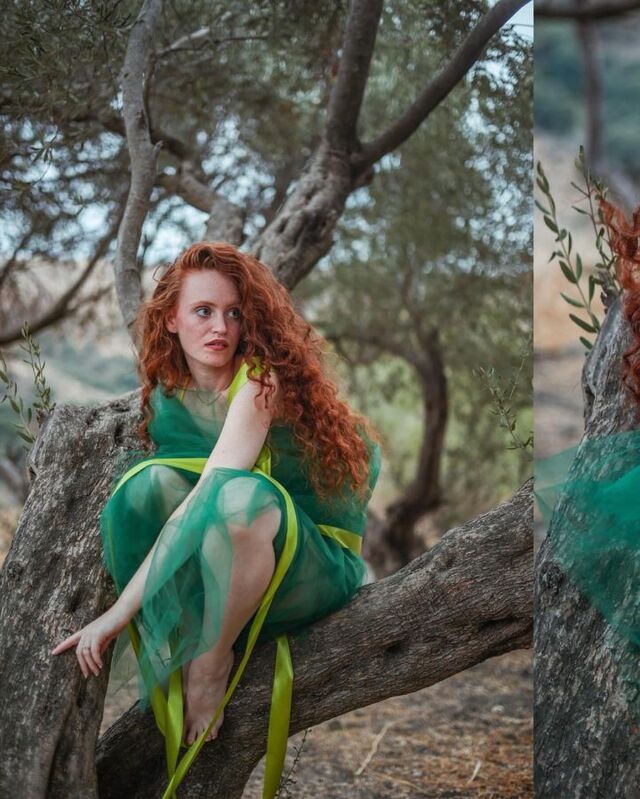
![Growing up learning Indian Classical Music, I’ve developed a deep appreciation for diverse musical genres, and techno is definitely one that has captured my interest. Got inspired to write this track by blending the beautiful melodies of Hindustani classical, particularly Raag Bhairav, with the beats of techno. Excited to share this fusion with you all!
Music by @miladzki
Check it out and vibe with me! 🎶✨
[ techno, newmusic, fusion, indianclassicalmusic, techno, music, kakisinger ]](https://talentsofworld.com/wp-content/uploads/wp-social-ninja/instagram/9xm.tv/18327743320185528_full.jpg)
![Listen to this Version of Dil Kho Gaya
Original Song From the Movie Dil.
Anand-Milind, Udit Narayan, Anuradha Paudwal sung this song
Music by Anand-Milind
Hope you guys like this Rendition of the Classic Song by Kaki Singer.
Like, Share & Comment.
[ Dil, Dil kho Gaya, old songs, Classic Bollywood, old song covers, retro songs, indian old songs, old hindi songs, melodies, kaki singer, Indian singers ]](https://talentsofworld.com/wp-content/uploads/wp-social-ninja/instagram/9xm.tv/17999564600299237_full.jpg)
